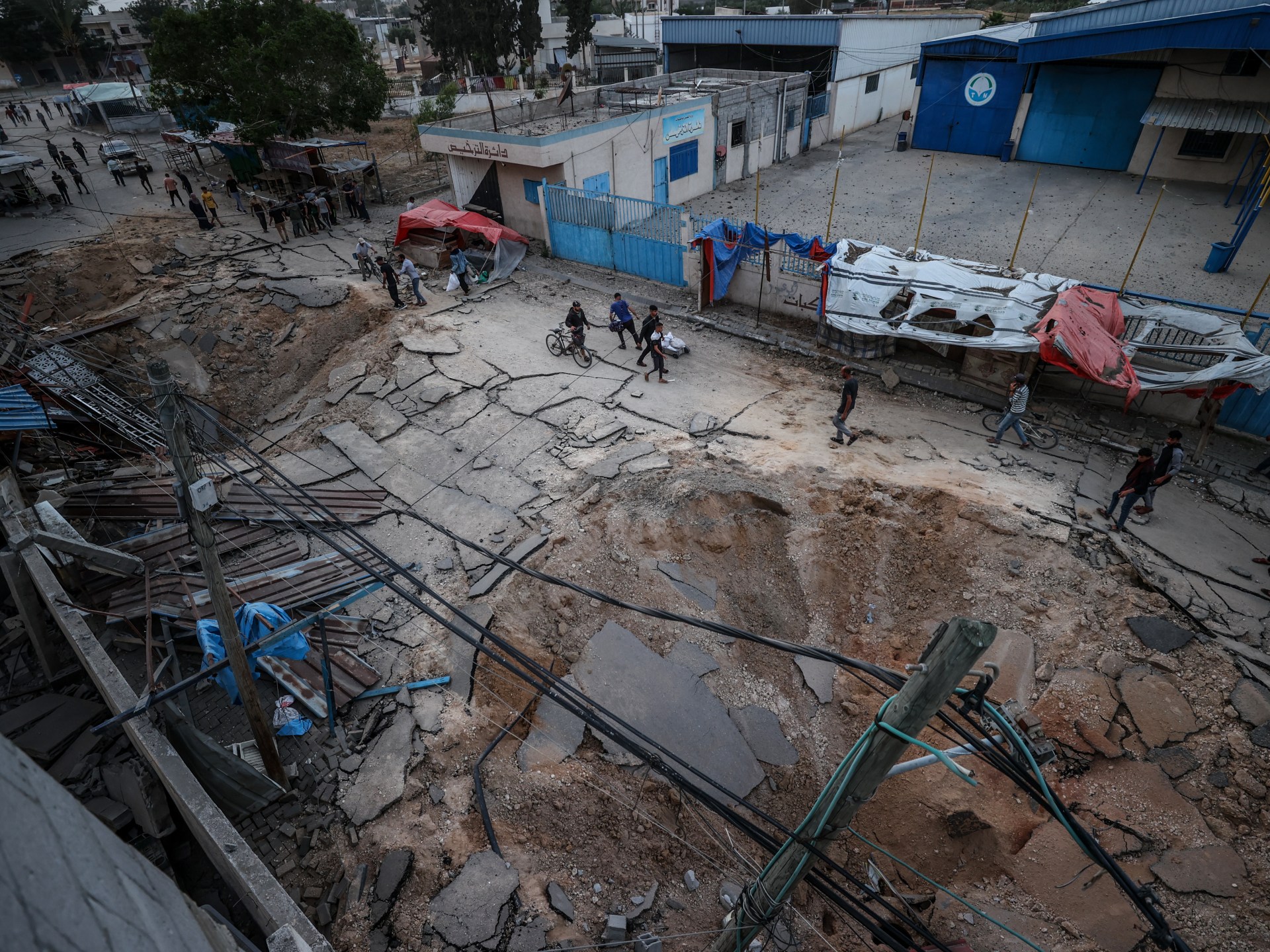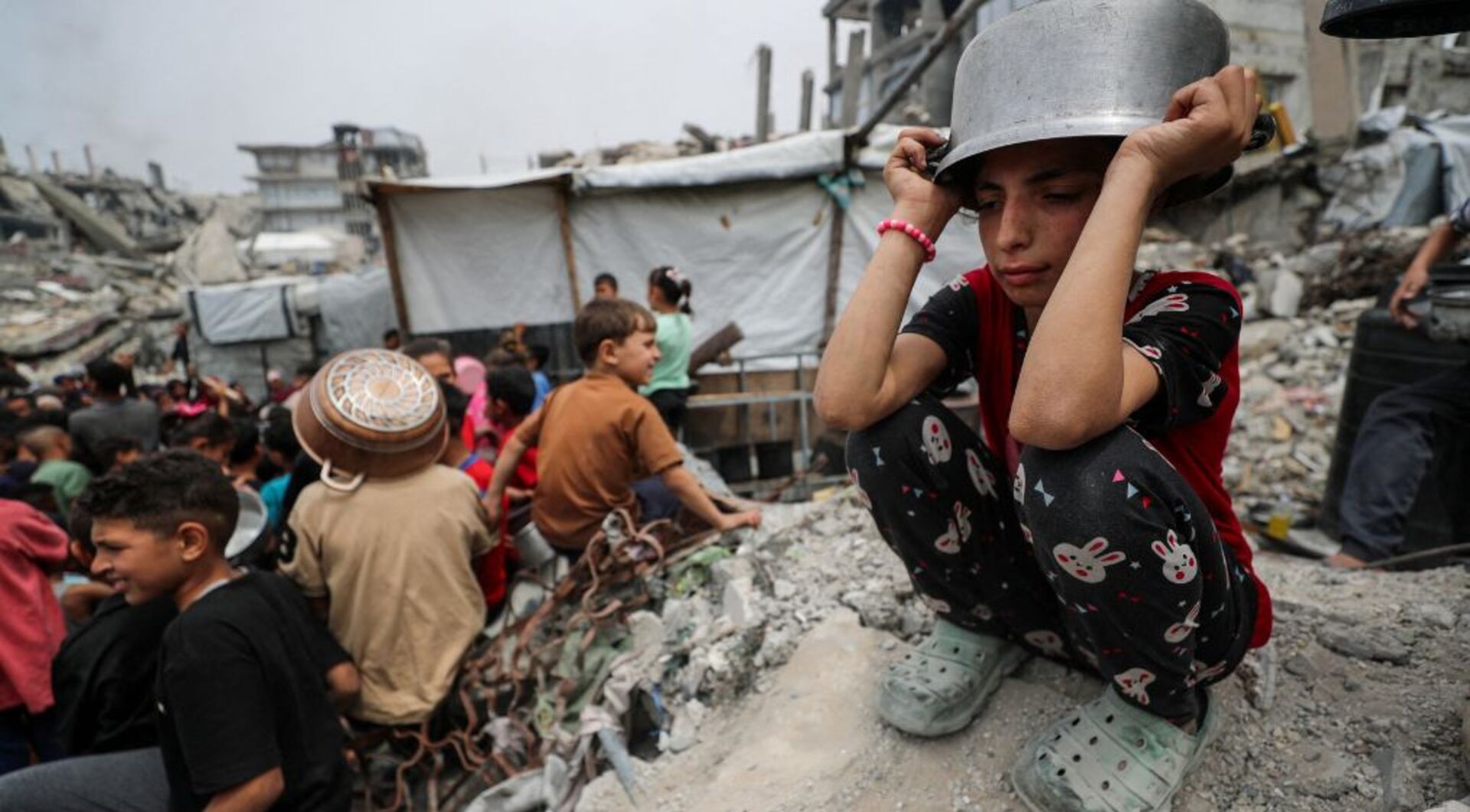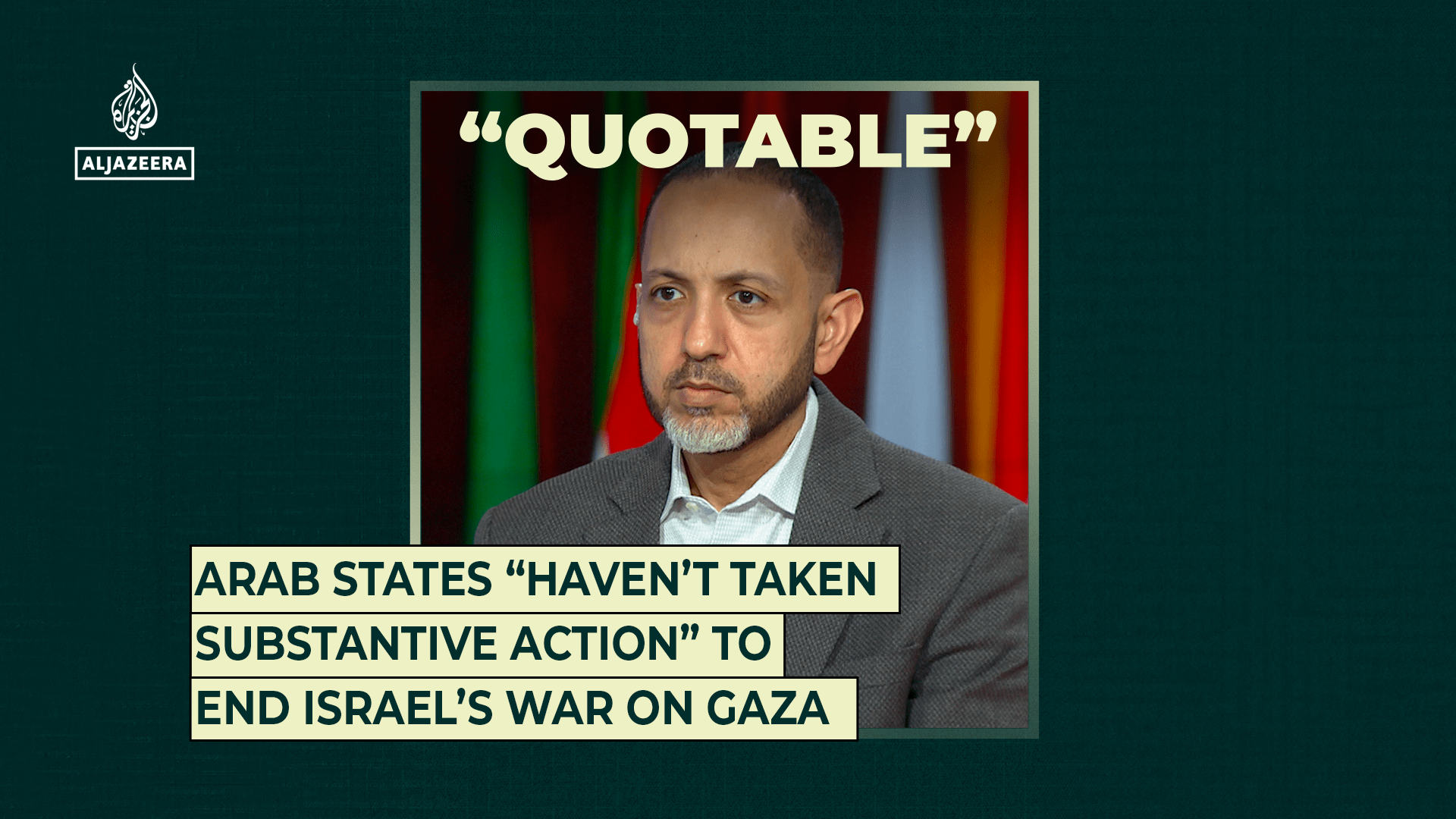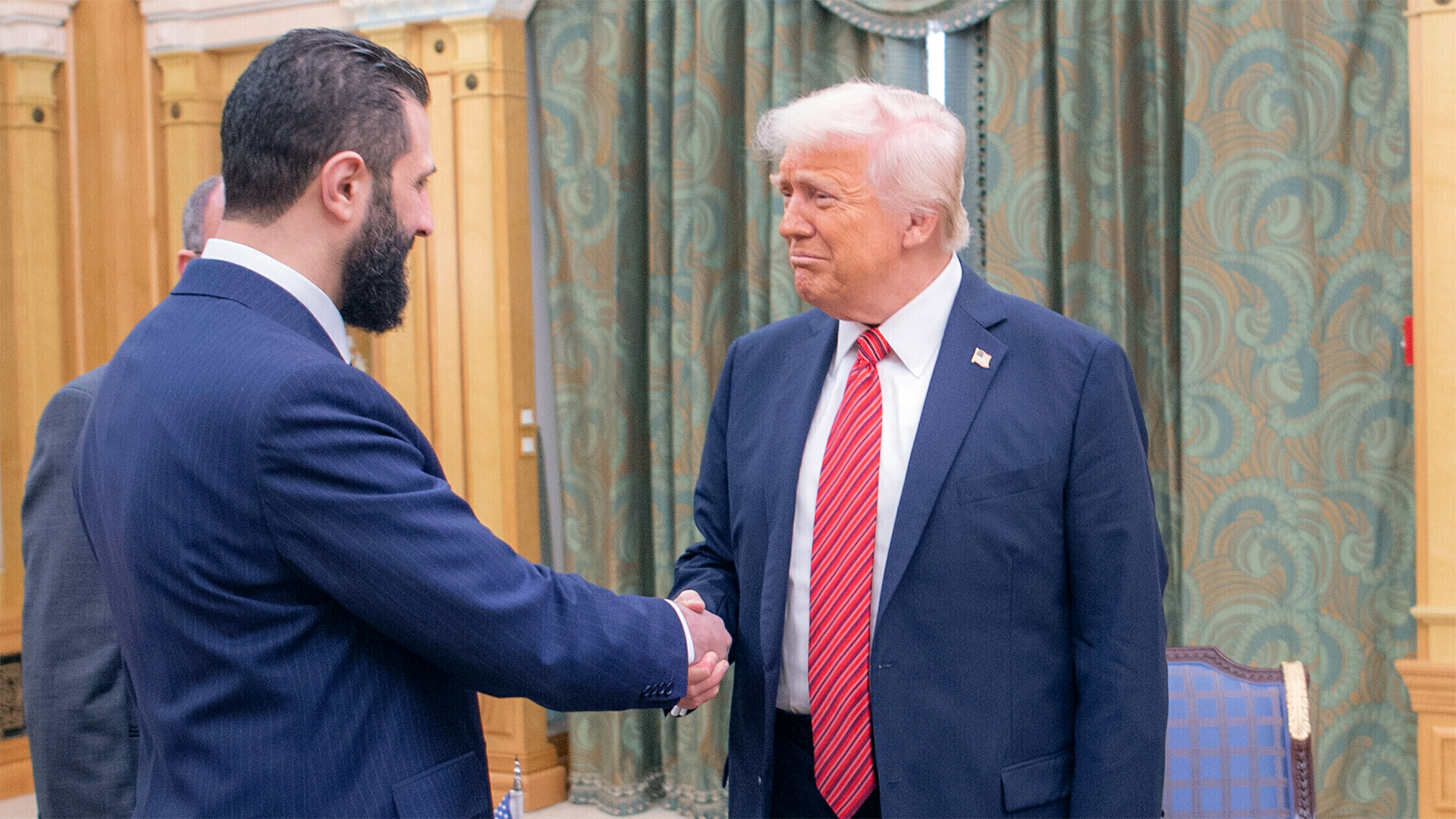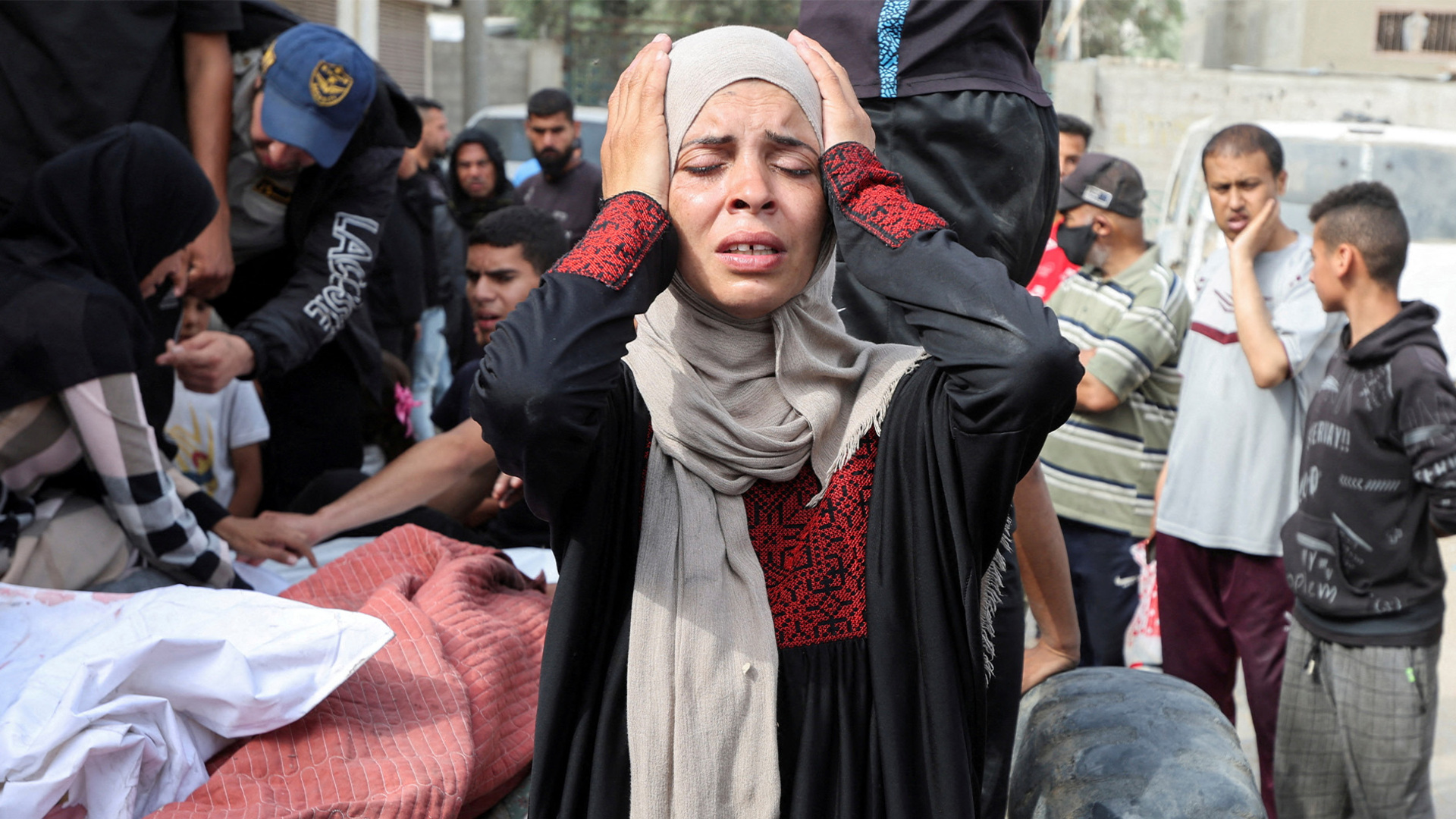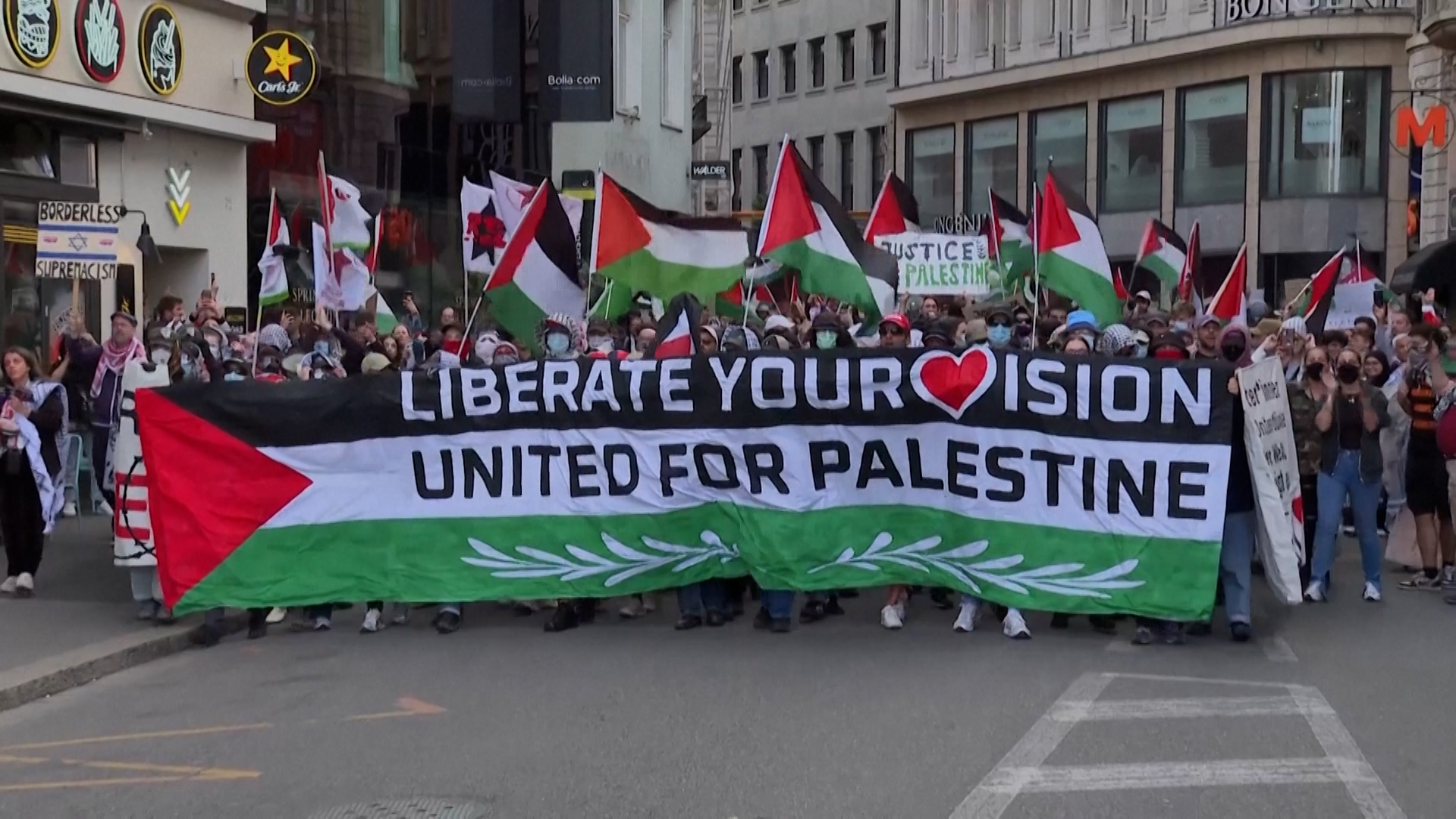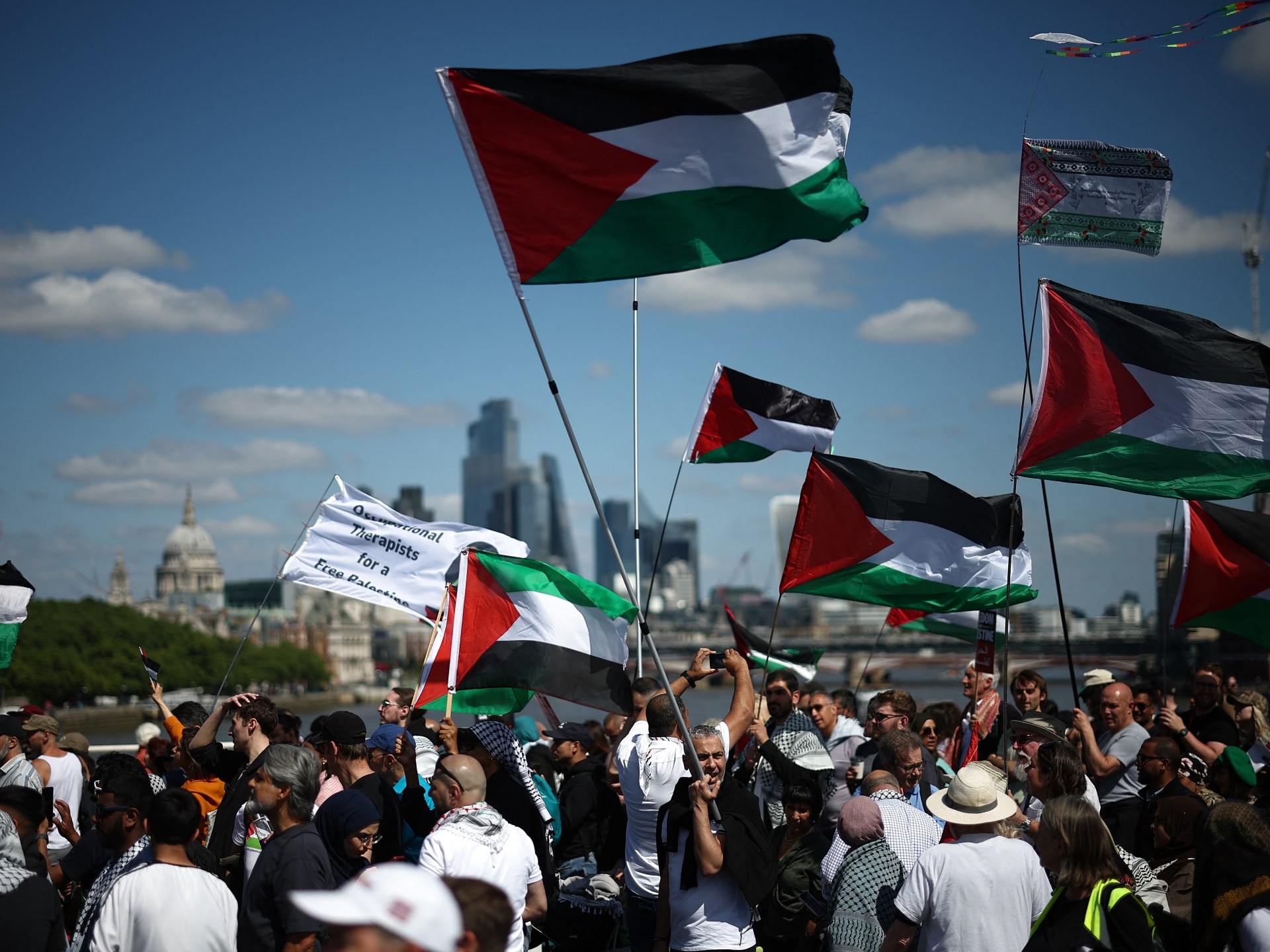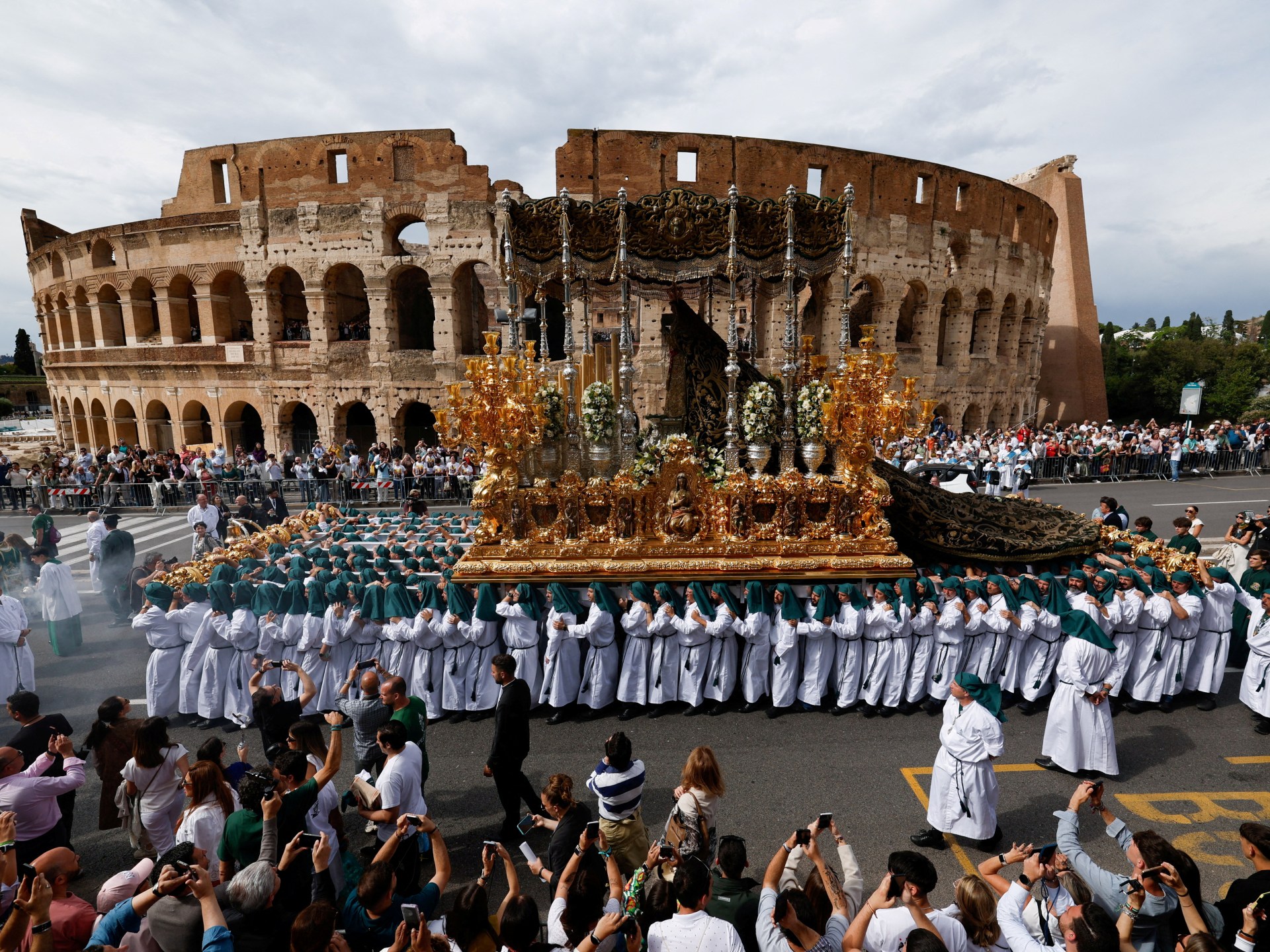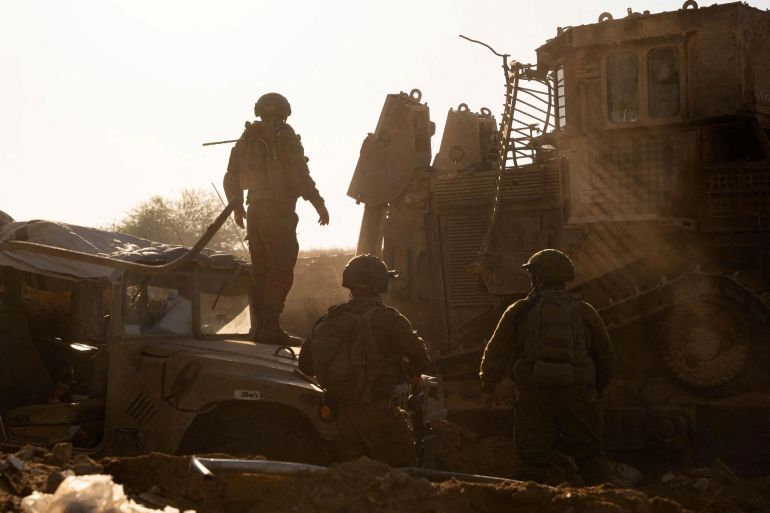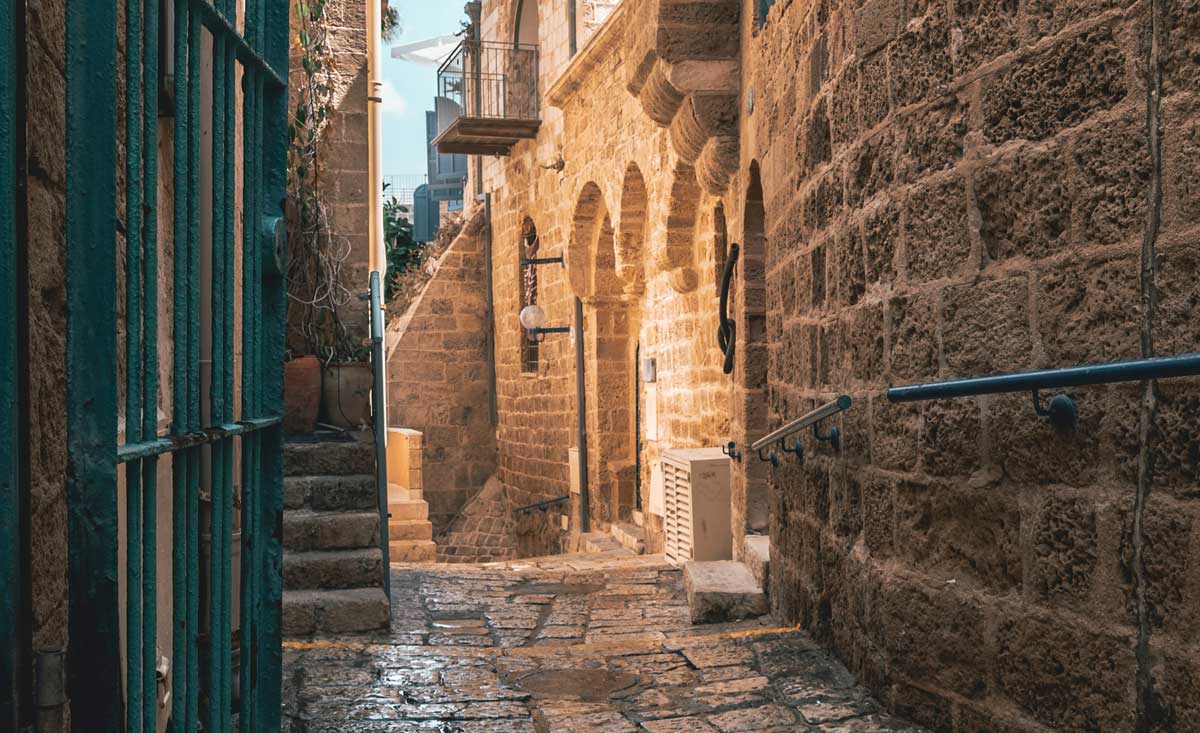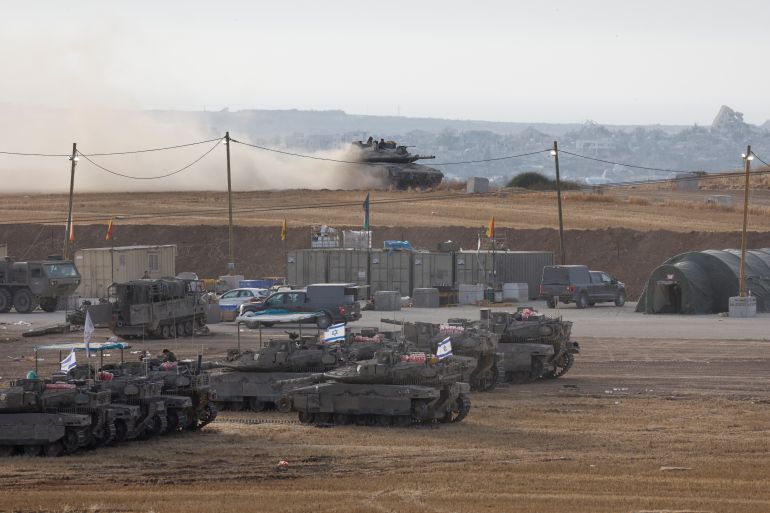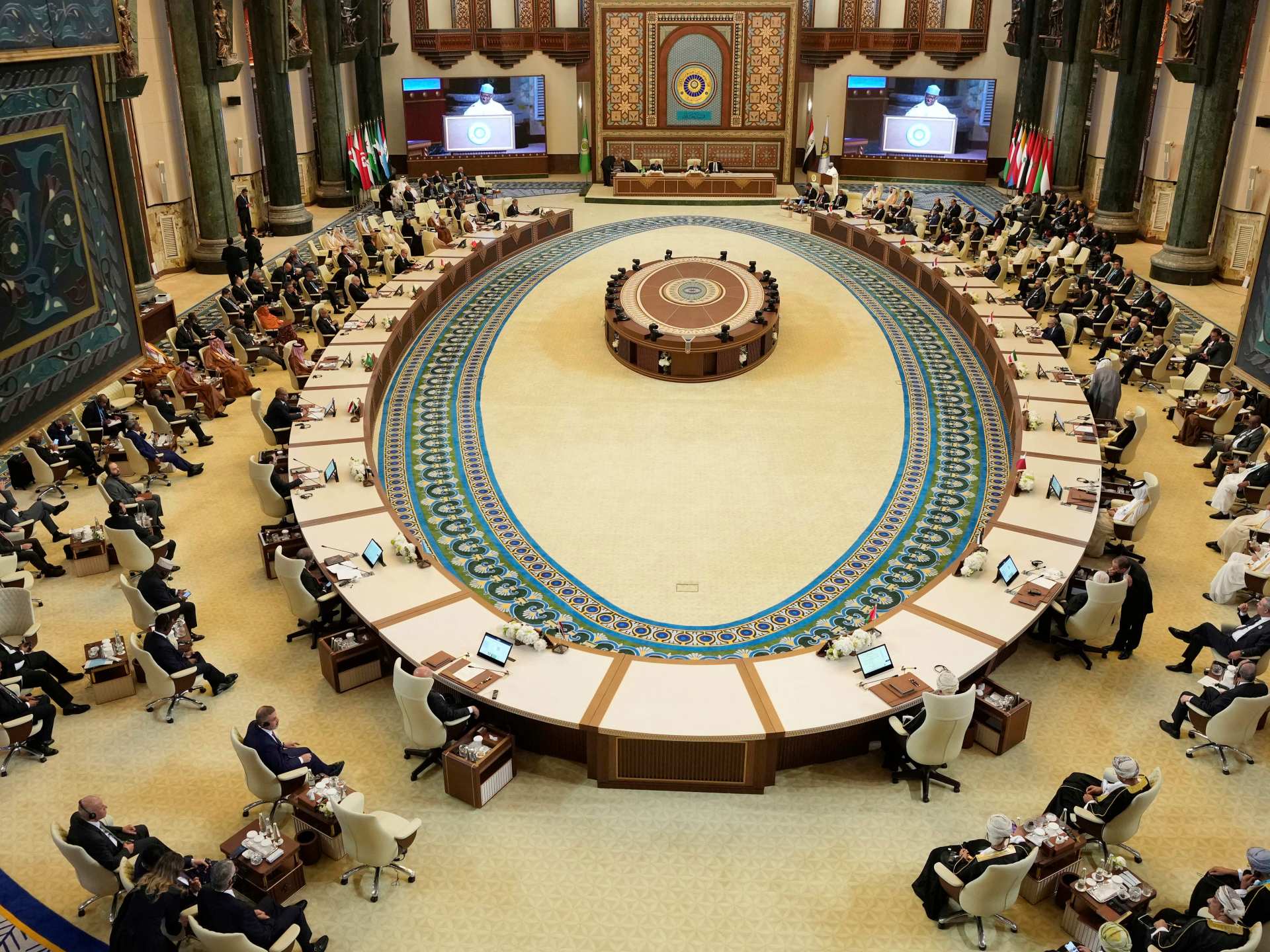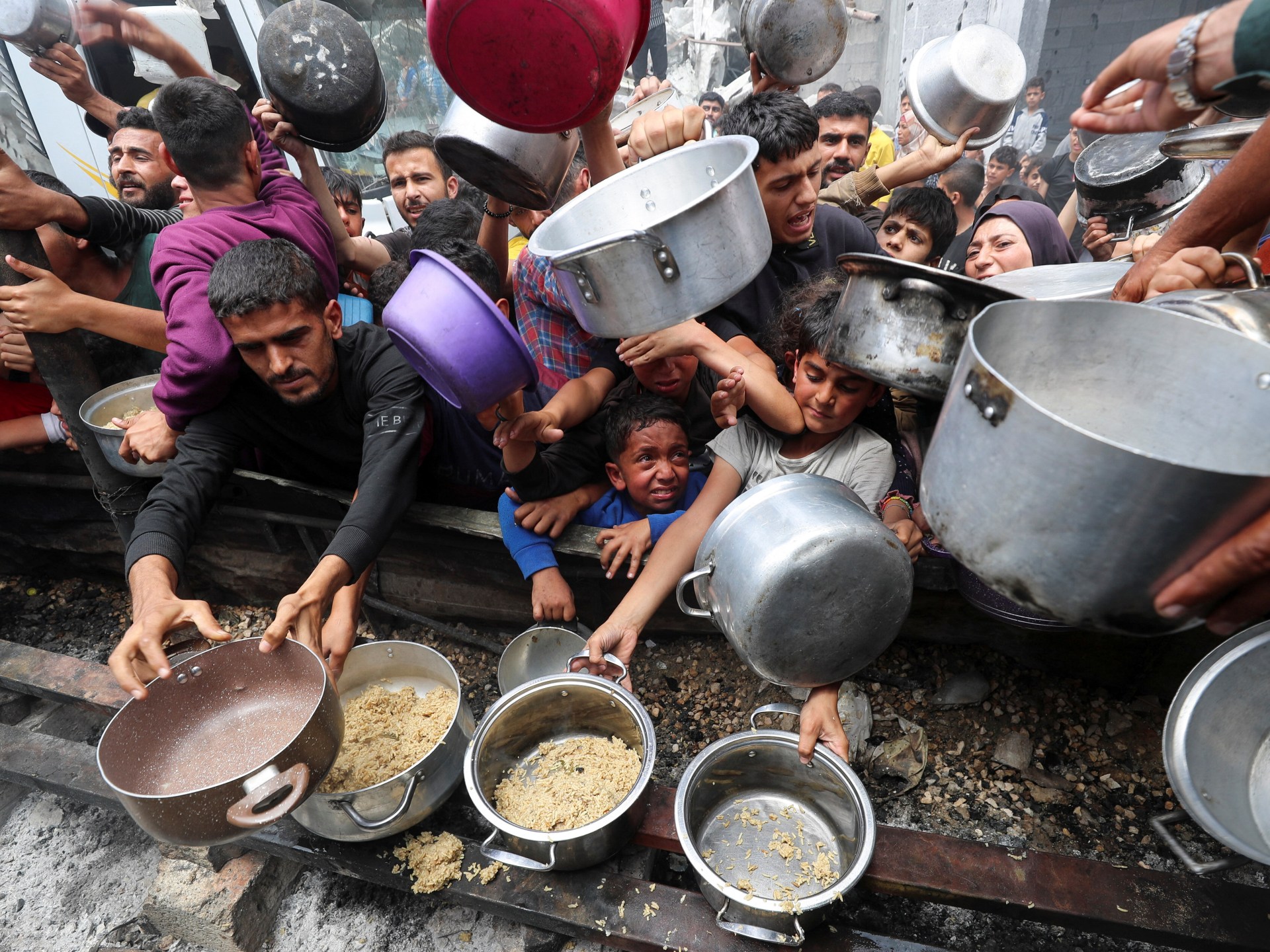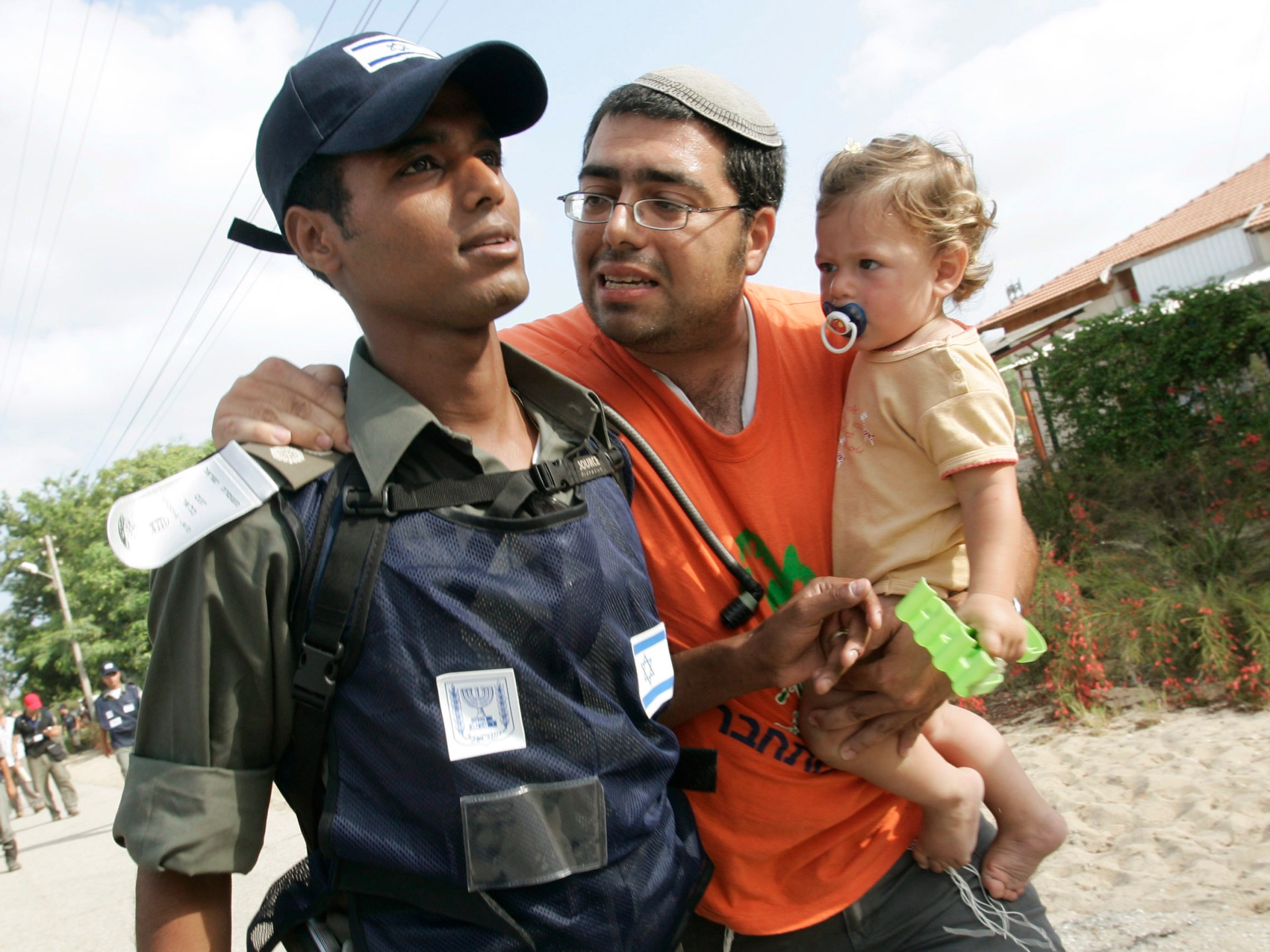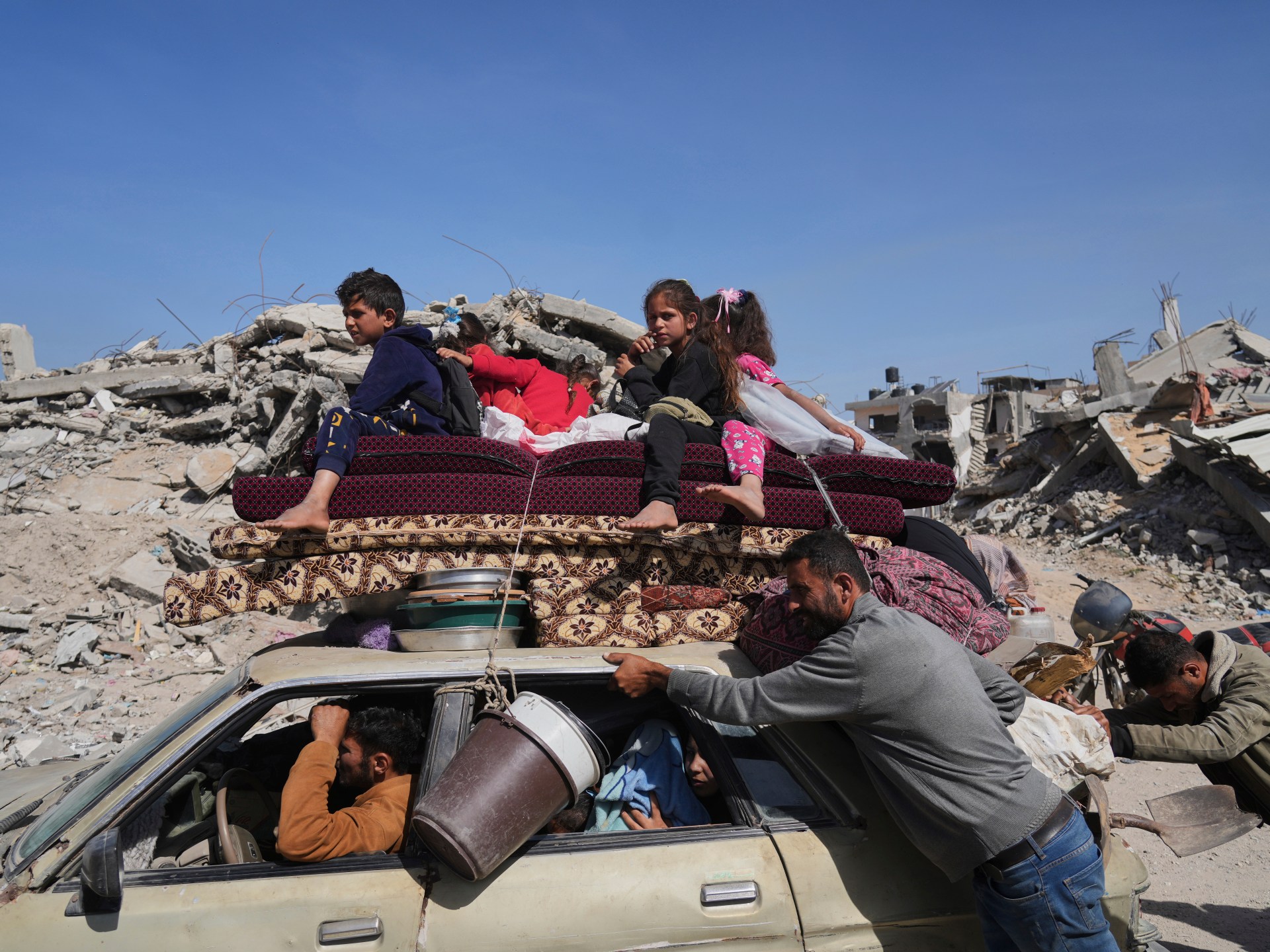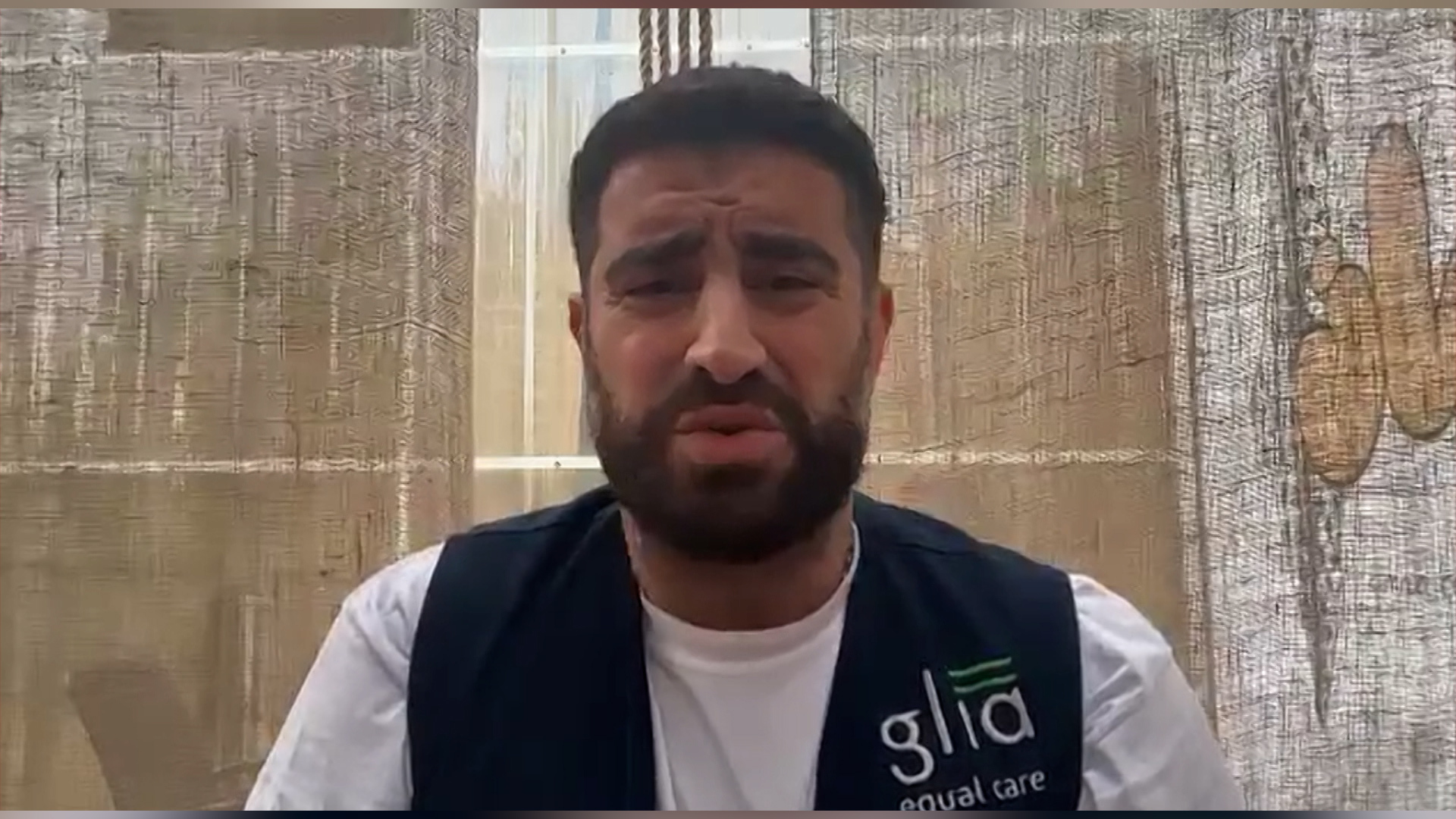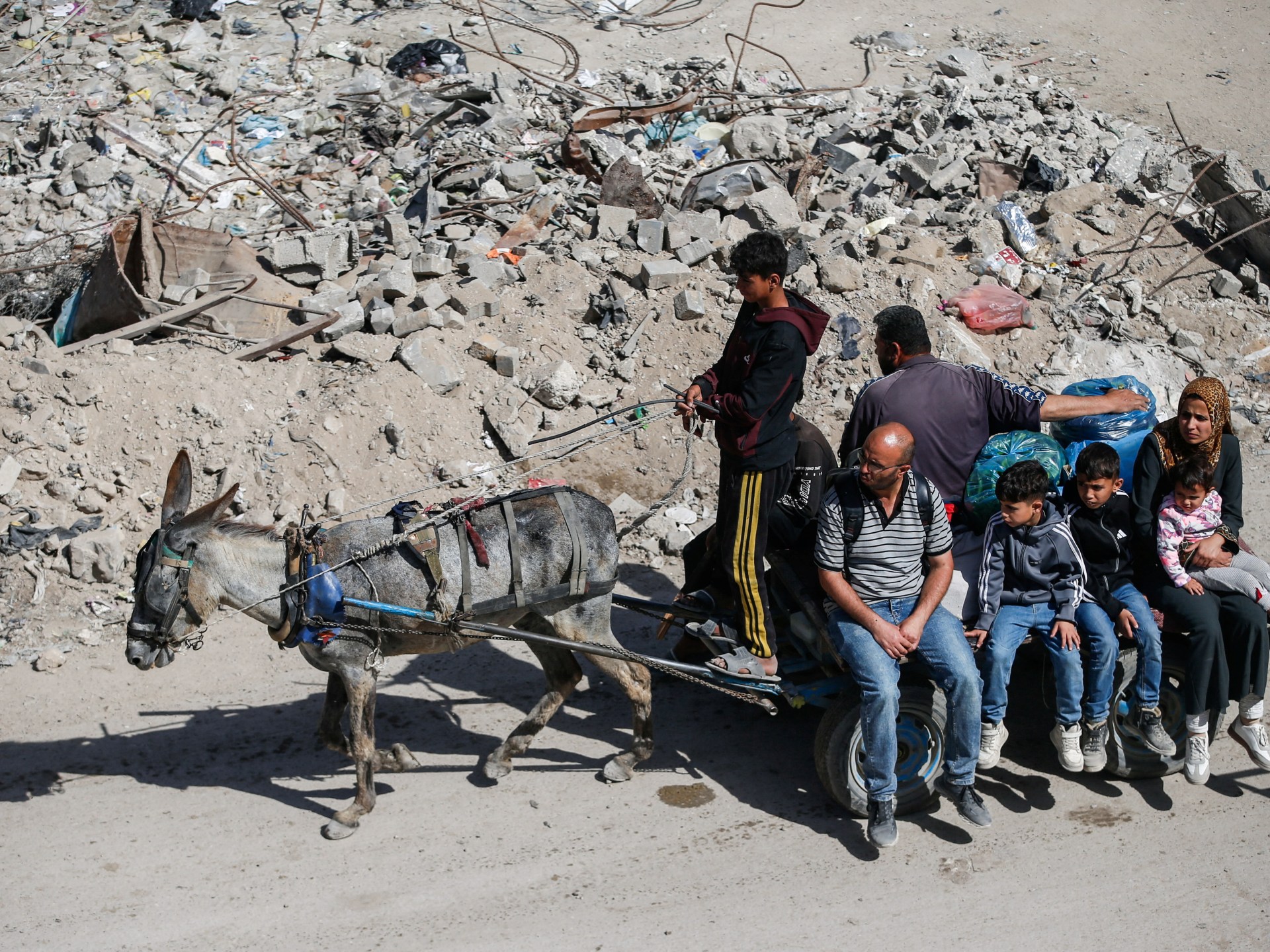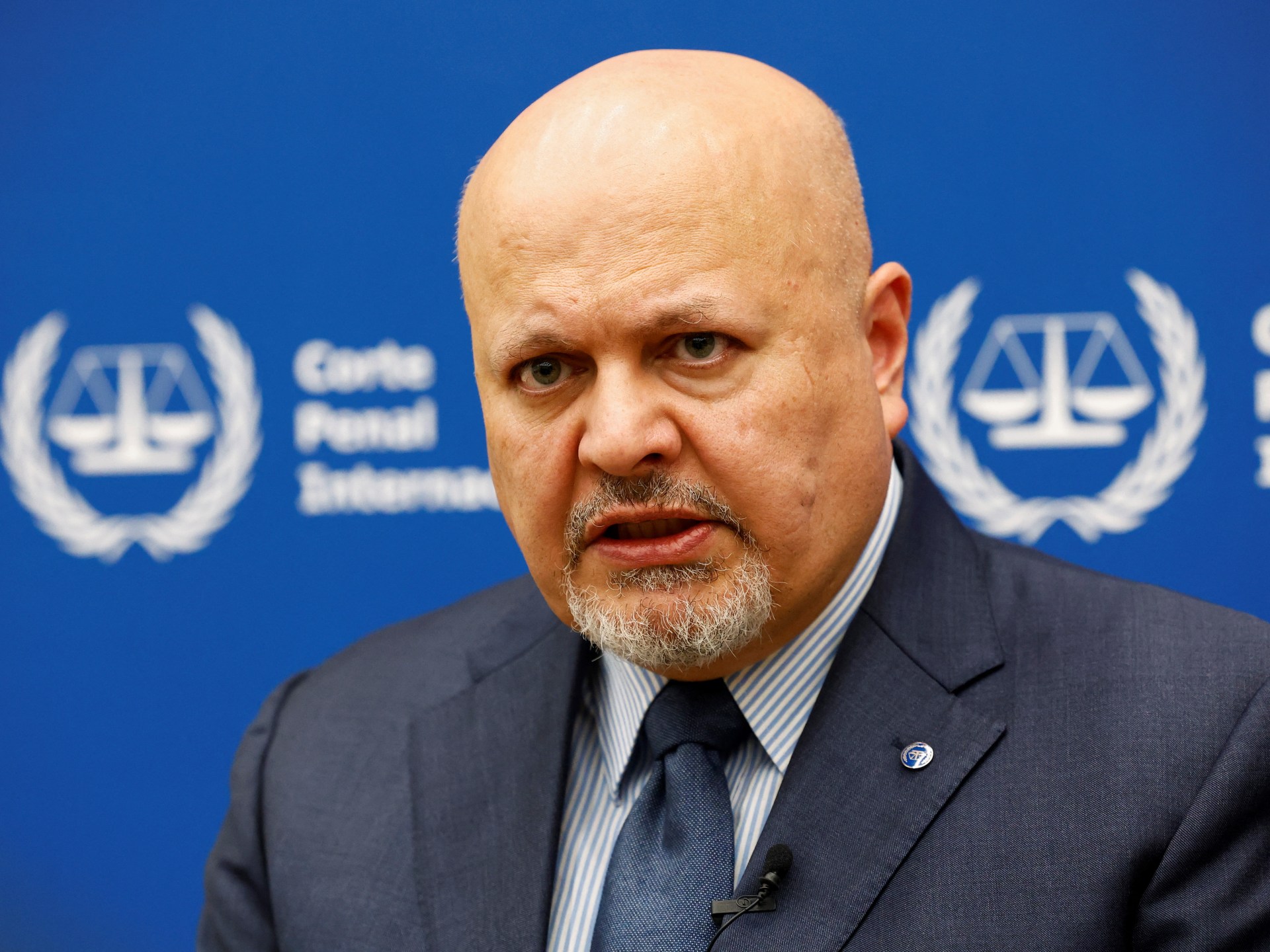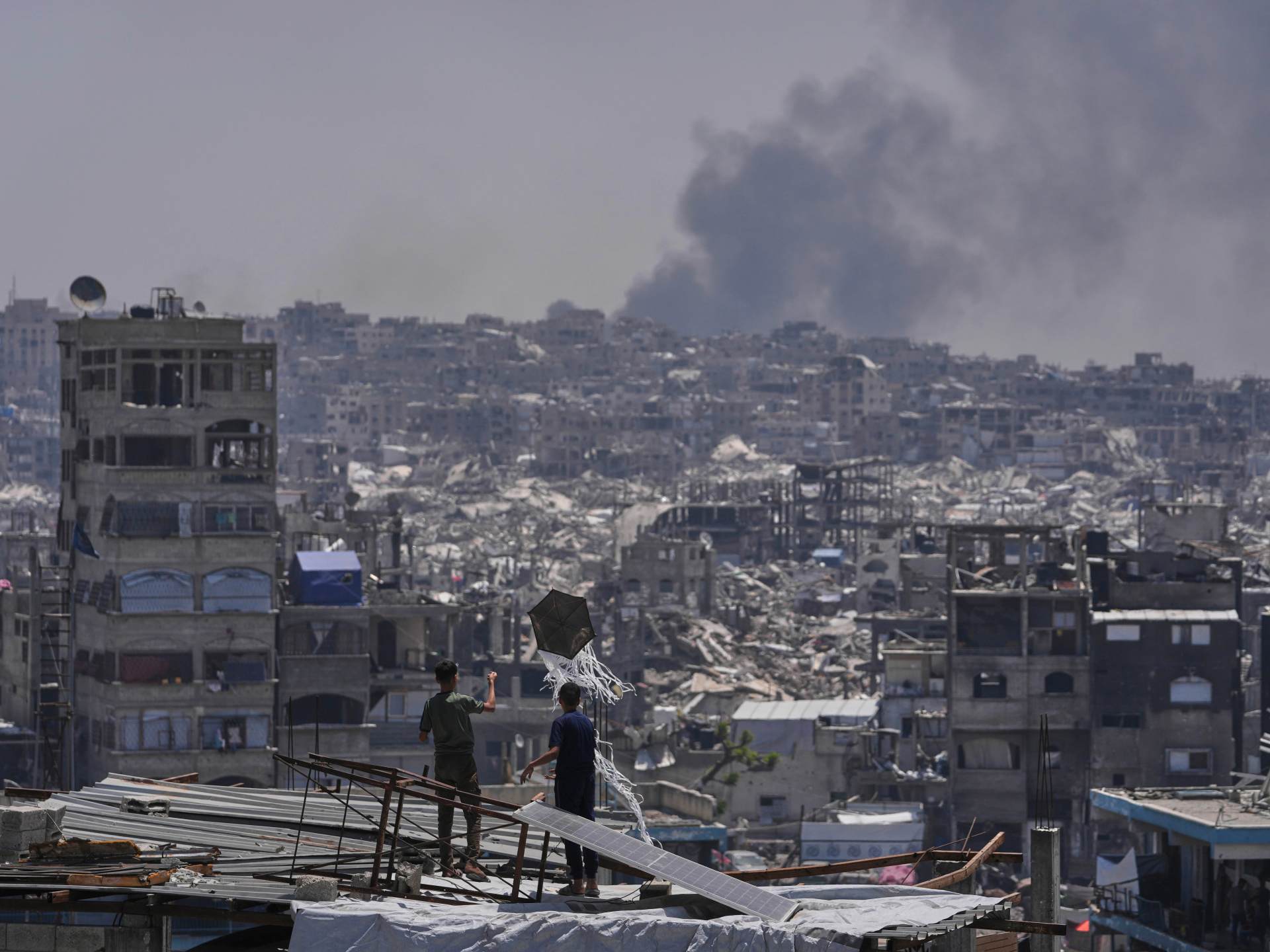Israeli strikes batter Gaza hospitals as brutal siege, bombing intensify | Gaza News
In its latest assault on Gaza’s decimated healthcare system, Israel has once again targeted the Indonesian Hospital in northern Gaza, this time with drones, as its forces are also carrying out a ground offensive in the north and south of the bombarded territory.
Health officials said late on Sunday that fighting around the Indonesian Hospital in Gaza and an Israeli military “siege” forced it to shut down.
It was the main medical facility in the north after Israeli air strikes last year also forced the Kamal Adwan and Beit Hanoon hospitals to stop providing health services.
“There is direct targeting on the hospital including the intensive care unit,” Indonesian Hospital director Dr Marwan al-Sultan said in a statement, adding that no one could reach the facility, which had about 30 patients and 15 medical staff inside.
Israel has repeatedly targeted hospitals during its 19-month war on Gaza. Human rights groups and United Nations-backed experts have accused Israel of systematically destroying Gaza’s healthcare system.
Earlier, Dr Muhammad Abu Salmiya, director of al-Shifa Hospital in the besieged enclave’s north, told Al Jazeera on Sunday that the latest strikes – which have been ongoing since Saturday – indicate that Israeli attacks on Gaza’s hospitals are intensifying.
“The medical teams are really suffering, and we have a few numbers of medical teams and staff … and a lot of people are in need [of] more medical care,” Abu Salmiya said by phone from the hospital on Sunday.
Thousands of sick and wounded people could die, he warned. Blood donations are urgently needed.
This has been underscored by Gaza’s Health Ministry, which confirmed that Israeli forces besieged the facility in Beit Lahiya, adding that “a state of panic and confusion is prevailing”.
The ministry later said that Israel had cut off the arrival of patients and staff, “effectively forcing the hospital out of service”.
With “the shutdown of the Indonesian Hospital, all public hospitals in the North Gaza Governorate are now out of service”, it said.
Gaza’s healthcare facilities have been targeted repeatedly throughout Israel’s deadly assault that began 18 months ago.
Other facilities in the north that have been bombed, burned, and besieged by the Israeli military since the start of the war include Kamal Adwan Hospital, al-Shifa Hospital, al-Ahli Hospital, and al-Awda Hospital. Dozens of other medical clinics, stations, and vehicles have also come under attack.
The targeting of health facilities, medical personnel and patients is considered a war crime under the 1949 Geneva Convention.
Israel has also battered several hospitals in Gaza’s central and southern areas, including Deir el-Balah’s Al-Aqsa Hospital and the Nasser Medical Complex in Khan Younis.
Earlier this week, Israel struck two hospitals in Khan Younis. Nine missiles slammed into and around the courtyard of the European Gaza Hospital, killing at least 16 people, while an attack on the Nasser Medical Complex killed two people, including a wounded journalist.
Incessant attacks on Gaza’s healthcare sector have left it reeling, devastating its ability to function, while doctors say they are out of medicine to treat routine conditions.
Hospitals have also been on the verge of total collapse amid a brutal and ongoing blockade, where Israel continues to bar the entry of much-needed medical supplies, fuel, and other humanitarian aid including food and clean water.
The crisis in Gaza has reached one of its darkest periods, humanitarian officials warn, as famine also looms.
Israeli air strikes have killed hundreds of Palestinians in the last 72 hours.
Strikes over the weekend have also put the European Hospital, the only remaining facility providing cancer treatments in Gaza, out of service.
Al Jazeera’s Hind Khoudary, reporting from Deir el-Balah, said dozens of Palestinians have been wounded, and doctors say “they’re facing numerous challenges in treating injuries because of a lack of medical supplies”.
“Israeli air strikes in Gaza are still escalating as drones and fighter jets hover in the sky,” Khoudary said.
The death toll has reached the same level of intensity as the earliest days of the war, said Emily Tripp, executive director of Airwars, an independent group in London that tracks recent conflicts.
She says preliminary data indicate the number of incidents where at least one person was killed or injured by Israeli fire hovered around 700 in April. It’s a figure comparable only to October or December 2023 – one of the heaviest periods of bombardment.
In the last 10 days of March, the United Nations Children’s Fund (UNICEF) estimates, an average of 100 children were killed or maimed by Israeli air strikes every day.
Almost 3,000 of the estimated 53,000 killed by Israel since October 7, 2023, have lost their lives since Israel broke a fragile ceasefire on March 18, Gaza’s Health Ministry said.
Among those killed in recent days include a volunteer pharmacist with the Palestine Children’s Relief Fund, who was killed with her family in a strike on Gaza City on May 4.
A midwife from Al Awda Health and Community Association was also killed with her family in another strike on May 7.
A journalist working for Qatar-based television network Al Araby TV, along with 11 members of his family, was also killed.
